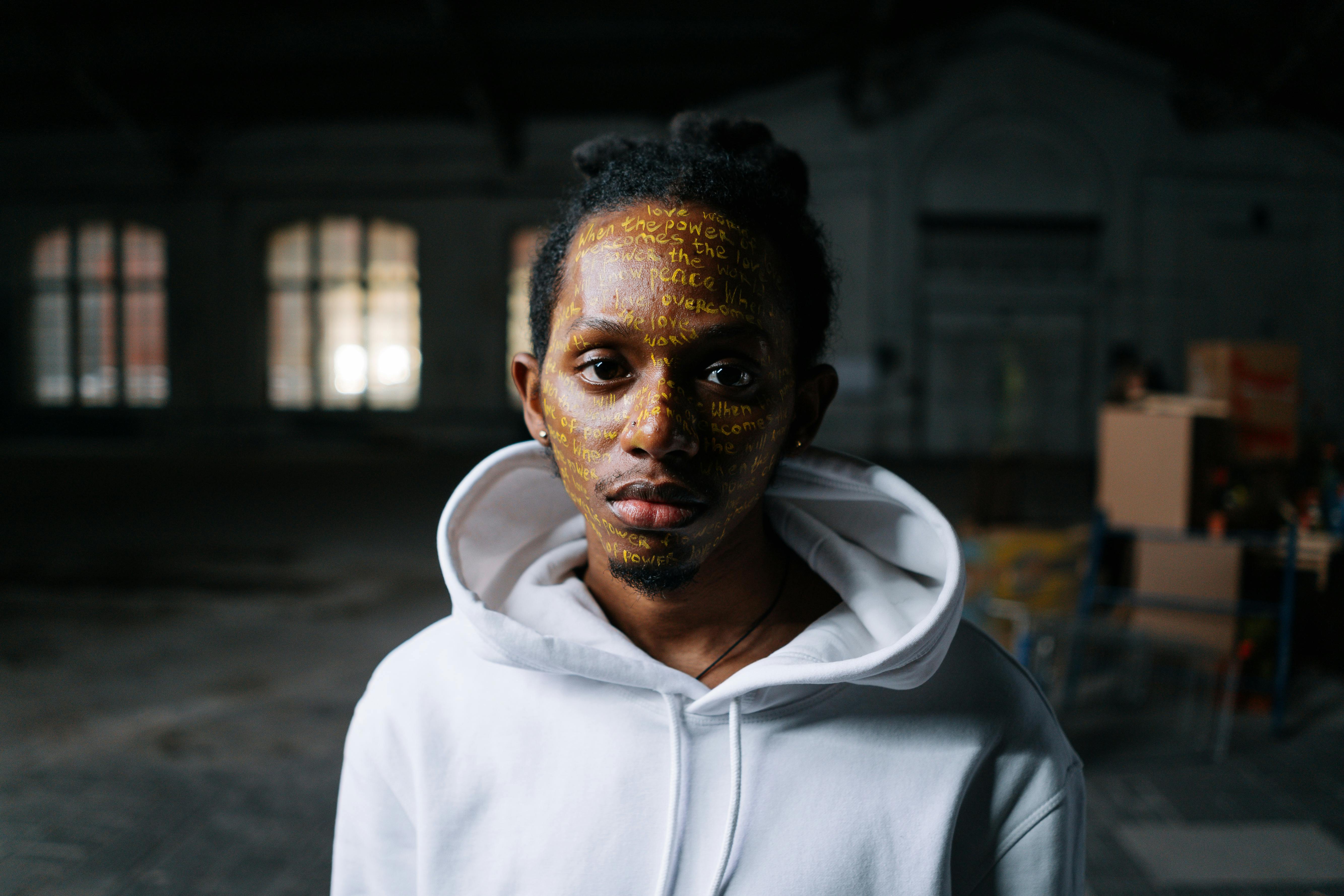Protect your artwork: apply for copyright registration now
Introduction:
Copyright registration can be obtained for original works of art, literature, books, music, movies, CDs, and computer programs. Copyright guarantees certain minimum guarantees of the rights of authors over their creations, thus protecting and rewarding creativity. Creativity is the cornerstone of progress, no civilized society can afford to ignore the basic requirement of fostering it. The economic and social development of a society depends on creativity.
Protection of authors’ rights:
Copyright protects the rights of authors, that is, creators of intellectual property in the form of literary, musical, dramatic and artistic works and motion pictures and sound recordings. Generally, the author is the first owner of the copyright in a work. “Author” according to Section 2 (d) of the Act means
-
In the case of a literary or dramatic work, the author, that is, the person who creates the work.
-
In the case of a musical work, the composer.
-
In the case of a motion picture film, the producer.
-
In the case of a sound recording, the producer.
-
In the case of a photograph, the photographer.
-
In the case of any computer-generated literary, dramatic, musical, or artistic work, the person responsible for creating the work.
Copyright Terms:
Sections 22 to 29 deal with copyright terms with respect to published literary, dramatic, musical and artistic works; anonymous and pseudonym; posthumous, photographs, cinematographic films, sound recordings, government works, UPM works and works of international organizations.
Literary, dramatic, musical or artistic works enjoy copyright protection for the life of the author plus 60 years after, that is, 60 years after his death. In the case of co-authorship that involves the collaboration of two or more authors in the production of the work, the copyright term should be understood as a reference to the last deceased author.
In the case of copyright on posthumous, anonymous and pseudonymous works, photographs, cinematographic films, sound recordings, government works, public companies and international organizations, the term of protection is 60 years from the beginning of the calendar year following the year. in which the work has been published for the first time.
Transfer of copyright:
The copyright owner of an existing work or the potential copyright owner of a future work may assign the copyright to anyone. Article 18 of the Copyright Law establishes the transfer of copyright in both an existing work and a future work.
In both cases, an assignment of copyright can be made either totally or partially and in general or subject to limitations and that also during the entire period of copyright or part thereof.
However, in the event of a copyright assignment in any future work, the assignment has the actual effect only when the work begins to exist. Article 18 (3) explains that an assignee with respect to the assignment of copyright in a future work includes the legal representative of the assignee, if the assignee dies before the work begins to exist.
Final note:
It also helps you protect your work from infringement. Section 54-62 of the Copyright Act provides civil remedies for copyright remedies and section 55 deals with remedies such as injunctions, damages, and accounts conferred by law for infringement of a right.
